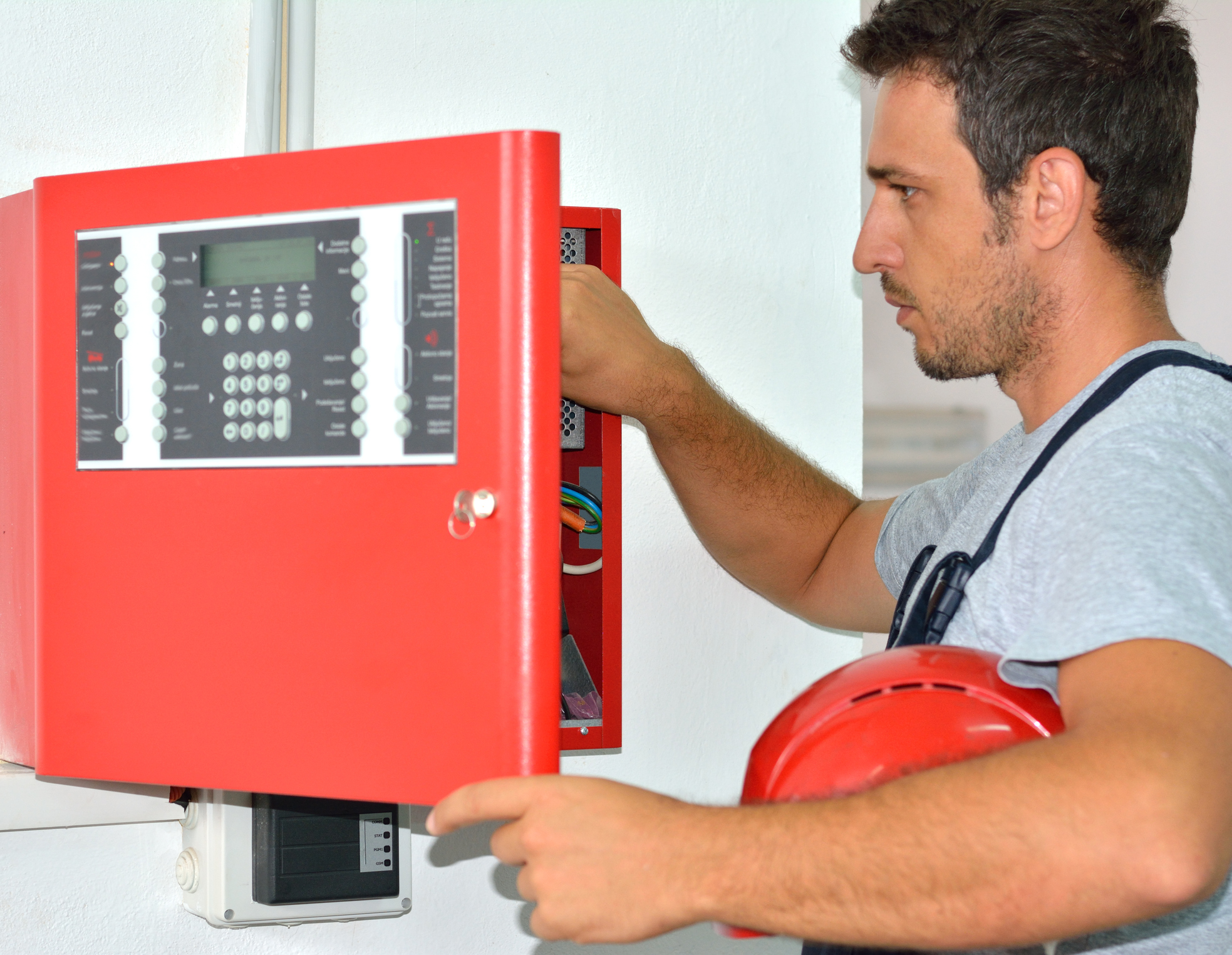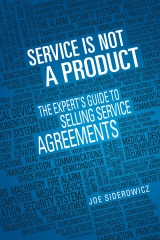All building systems are not created equal. Too often building systems are grouped together by function or application. A good example is life safety systems. These systems include fire alarm, security, sprinkler, suppression, nurse call, sound, etc. All of these systems have life safety implications, but their service requirements are quite different. Fire Alarm, sprinkler, and suppression systems are passive systems. Unlike interactive systems like card access, CCTV, HVAC, or elevators, no one is interacting with them on a daily basis. Typically the building operator is made aware for the need for service when interactive systems fail. These failures are typically brought to the attention of the building operator quickly, often by multiple parties. This is not the case with passive systems.
Interactive systems require maintenance and inspection. Unfortunately all too often building operators are not persuaded to purchase maintenance agreements. A common refrain, “I’ll call you when I need you”. This is not the case with passive systems. It can be too late to call for a repair when these systems fail. The risk is high and the outcomes can be catastrophic. Preventive maintenance is required.
This is an area of service marketing where many firms fall short. They don’t properly enlighten the prospect to the difference between passive and interactive systems. I’ve always made this a major point in my service sales training. I think potential clients, like many who sell building systems, tend to see systems grouped by function. This is one of the main reasons firms need to educate their salespeople on effective service sales strategies. There are relationships between passive and interactive systems when designing and engineering building systems. They often interact. Once installed things change. From my perspective each system needs a unique service solution. It’s the service company’s responsibility to ensure clients understand each systems service needs.


 Perfect for all personnel involved in service sales, this book describes the keys to success for selling service on technology-based products and systems. Anyone indirectly involved in service sales such as technicians, engineers, administrative assistants and others who work with customers will also find the book beneficial.
Readers will learn the unique skills and methodology required to be successful from the industry expert.
Perfect for all personnel involved in service sales, this book describes the keys to success for selling service on technology-based products and systems. Anyone indirectly involved in service sales such as technicians, engineers, administrative assistants and others who work with customers will also find the book beneficial.
Readers will learn the unique skills and methodology required to be successful from the industry expert.